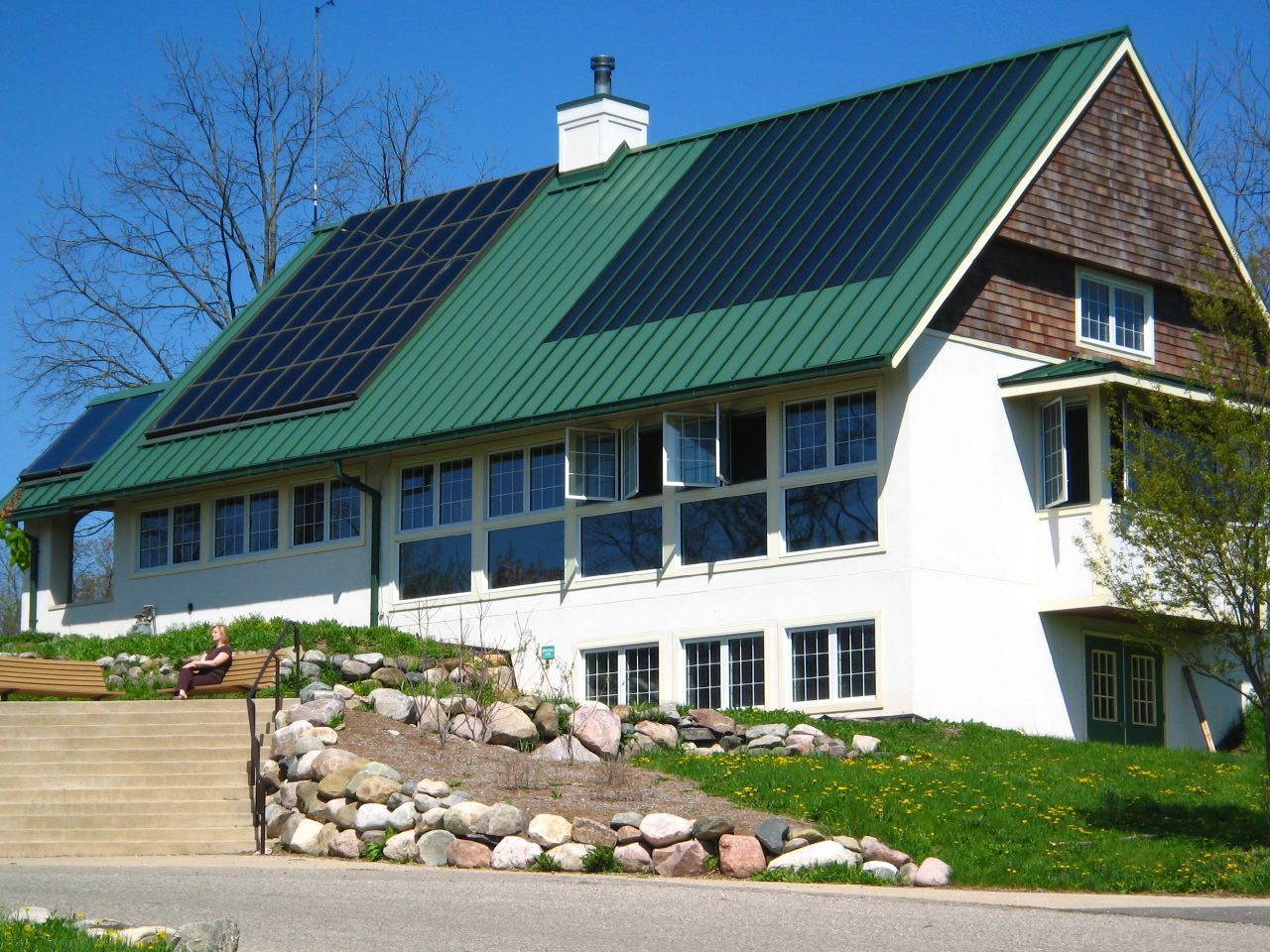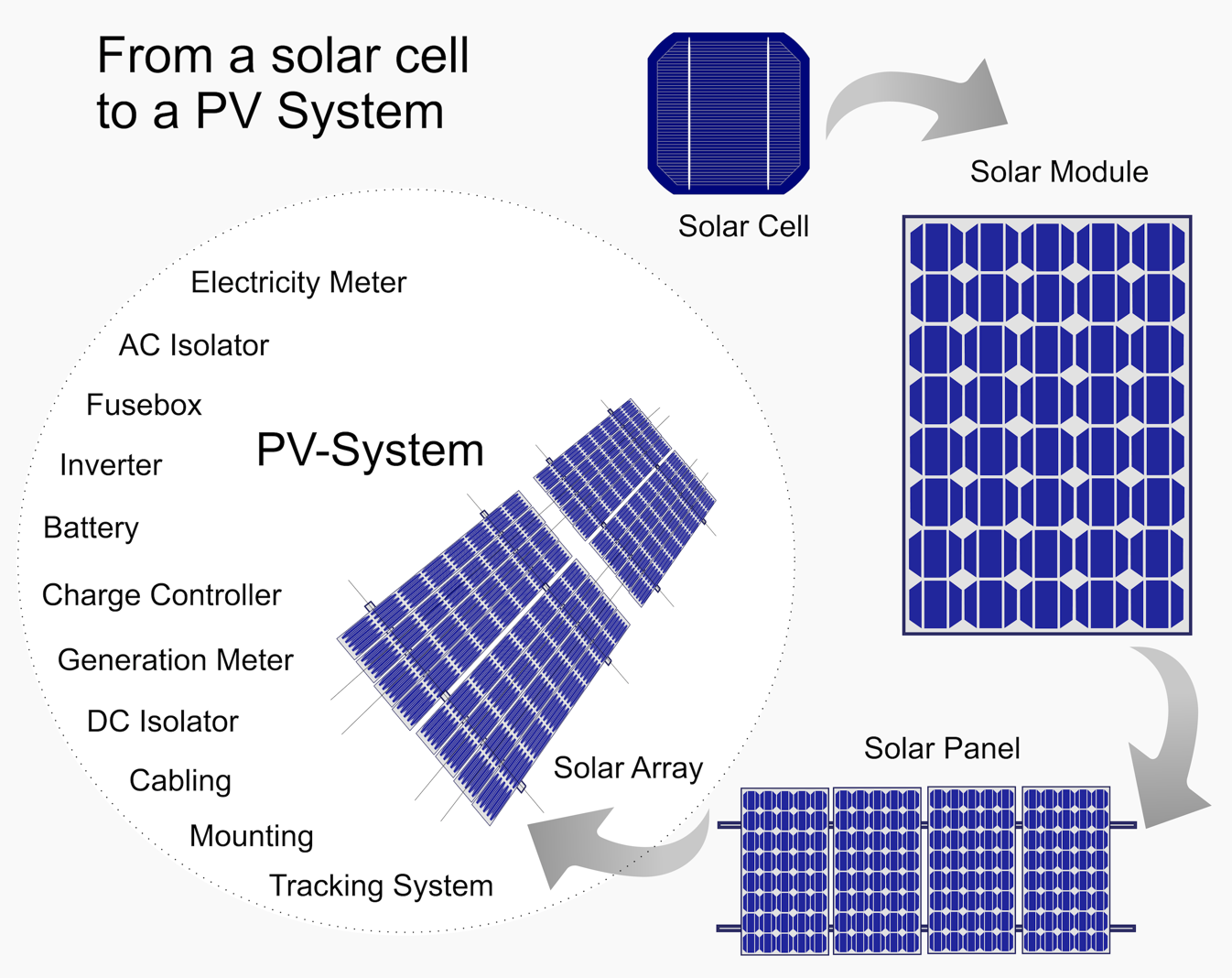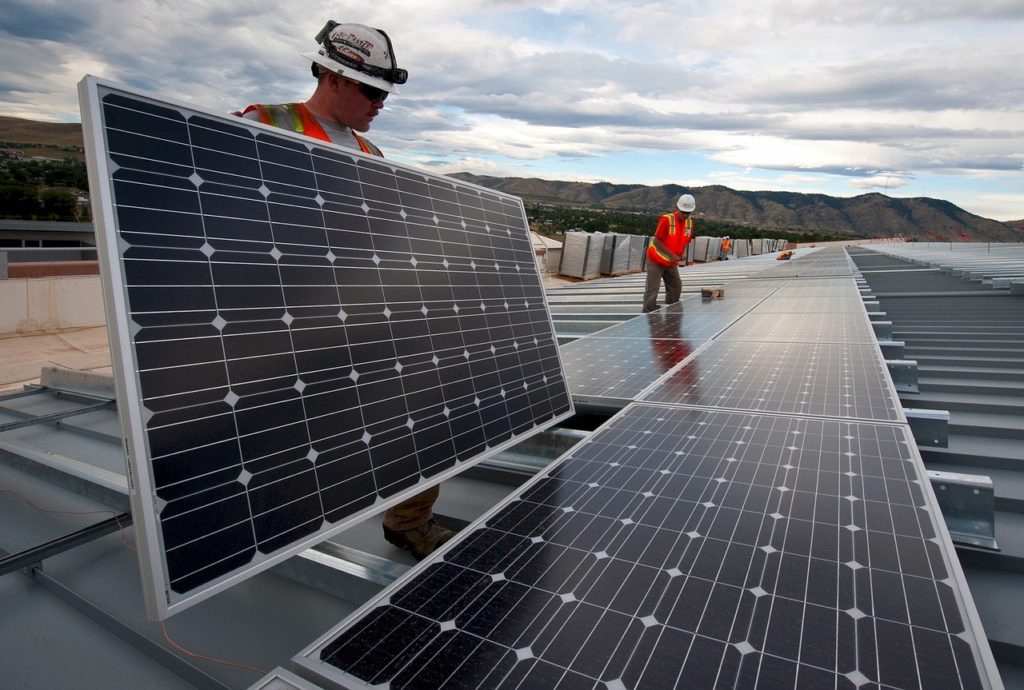Sustainability
5.5 The Effect of Solar Photovoltaic Panels on Residential Sale Price
Michael S. Schaal
The installation of a solar photovoltaic system often takes many years to achieve a full return on investment. Can homeowners with photovoltaic systems benefit from selling their home at a premium compared to non-solar homes? What does the future hold for this energy source?

The solar energy industry has seen unprecedented growth in the United States (U.S.) in recent years.7,9,10 Since 2008, total solar photovoltaic (PV) installations in the U.S. increased from 1.2 gigawatts (GW) to an estimated 30 GW.10 This represents a 17-fold increase in cumulative PV installations which includes utility, residential, and non-residential applications.10 Residential solar applications have been a significant portion of this growth.8 In 2015, residential PV installations accounted for 41% of total installations in the U.S. (utility-scale PV systems accounted for 42% with the remainder being non-residential).8
As the residential solar market has seen rapid growth in recent years, costs have come down significantly.7 From 2010 to 2014, the cost of a typical solar panel system has declined by approximately 50%.9 Despite this, the cost of a residential PV system remains substantial. There are many factors that determine the cost effectiveness of installing solar panels.9 These include the initial cost of installation, a particular home’s solar availability, federal and state incentives, projected electricity use, and home sales price.9 Some of these factors can be calculated or estimated with some degree of certainty.9 The home sales price, however, is one factor for which there has been limited knowledge. Until recently, there had not been extensive research on this topic, therefore, this factor has been difficult to gauge in analyzing the cost effectiveness of a residential home photovoltaic system. This is an important issue because homeowners may not be able to count on getting a good return on investment through lower electricity bills. This could occur if an individual buys a newly-built solar home or installs panels on an existing home, and then has to move out of that home in a short period of time.

Prior to 2009, research was somewhat lacking on whether installing a residential PV system would lead to an increase in home sales price.3 Without this data, potential buyers and sellers in the solar home marketplace had to look to other existing research to help predict whether installing a PV system would lead to a higher market value.3 Previous studies had shown that lower energy bills were correlated with a premium on residential sales price.2,5,6 The lower energy bills in these studies were typically the result of home improvement energy efficiency measures.2 Potential homebuyers were willing to pay more for a home with built-in utility cost savings. Many in the solar industry reasoned that, since lower energy bills correlated with home price premiums, installing a residential PV system should also translate into a higher home selling price.1 One study published in 2010, evaluated 279 single family homes in the San Diego, CA metropolitan area that had PV installations.1 These residential properties were compared to similar homes without PV.1 The results showed that those homes with solar panels sold at a 3.3% premium compared to non-PV homes.1 For the average home in this study, the premium was equivalent to an added value of $16,235.1 The mean PV system size for the solar homes in the study was 3.18 kilowatts (kW), yielding a $5.1 premium per installed watt.1
The average total cost of PV installations for homes in the San Diego study was $26,700.1 However, when federal and state rebates and incentives were included, the effective cost dropped to $15,712.1 Comparing this effective cost to the average added value of $16,235, this study provided evidence that, on average, homeowners could expect to fully recover the cost of installing a solar PV system.1 Furthermore, any electricity cost savings would be additional gains in the overall return on investment.1 While this research supported the notion that installing a residential PV system can add value to a home in the form of a higher selling price, the study had a relatively small sample size and was conducted in a limited geographic setting.1 Could these results be duplicated in other parts of the country? In 2015, researchers at the Lawrence Berkeley National Laboratory (NBNL) conducted an analysis of approximately 4,000 solar PV homes and approximately 19,000 non-PV homes sold in eight states from 2002-2013 (California, Connecticut, Florida, Massachusetts, Maryland, North Carolina, New York, and Pennsylvania).4 This research was able to evaluate multiple geographic locations, with the vast majority of the PV homes located in California.4

The results of this multi-state study revealed that the average PV home sold for a premium of $4.18/watt which nearly equals the average net cost of installation of $4.14.4 For an average sized 3.6kW PV system, this equates to an approximate $15,000 premium.4 For the California PV homes alone, the premium was $4.21/watt.4 For all other states, the premium averaged $3.11/watt.4 The cost of PV installation was also lower in the non-California homes at $3.09/watt which is almost identical to the premium per watt for those homes.4 Of note, the $3.11/watt premium for the non-California homes was deemed statistically significant, however, the 95% confidence interval was $2.33/watt.4 This indicates that the small sample size did not allow for a precise estimate.4 Therefore, the premium was not considered statistically different from the premium for the California homes.4 The multi-state study also compared premiums for new vs. existing PV homes.4 New PV homes were found to have a premium of $3.58 compared to $4.51 for existing homes.4 Both values were statistically significant by themselves but the difference between the two was not statistically significant.4 So, the study was not able to discern a difference in premiums between new and existing homes.4 Nonetheless, the premiums did correlate fairly closely to the net costs for each home type.4 The net cost of a PV system for new homes was $3.85, while the net cost for existing homes was $4.29.4
The age of the PV system and its effect on premiums was also explored, showing that premiums decline as systems age.4 There was a noticeable drop in premiums from the newest to the oldest group of PV systems.4 The newest group had a mean age of 1.6 years and a premium of $5.90, while the oldest group had a mean age of system 7.8 years and a premium of $2.60.4 Finally, the multi-state study looked at the effect of PV system size on premiums and was evaluated by calculating an incremental dollar per watt premium.4 It was found that each additional kilowatt of PV system size adds monetary worth to a home but at a decreasing dollar per watt value.4

In the last several years, there has been a tremendous amount of knowledge gained regarding solar panels and their effect on home values. Overall, homeowners should be able to see a sizable return on their solar investment depending on the specifics of their PV system. If one owns a solar home and resides there for many years prior to selling, the premium might be somewhat reduced due to the age of the PV system, but the homeowner likely would have had substantial savings from multiple years of reduced electricity bills. However, if one installs solar panels and then decides to move after only a few years, then there would have been less time to accumulate electricity bill savings. Fortunately, the sale price premium would likely equate to the investment cost since the PV system would be relatively new. In either scenario, the homeowner will likely see a decent return on investment. The current research supports this notion and can help individuals make informed decisions in the residential marketplace.
References:
- Dastrop, S., et al. (2010, December). Understanding the Solar Home Price Premium: Electricity Generation and “Green” Social Status. University of California Center for Energy and Environmental Economics Working Paper Series, E3 WP-001.
- Dinan, T. & Miranowski, J. (1989). Estimating the implicit price of energy efficiency improvements in the residential housing market: A hedonic approach. Journal of Urban Economics, 25(1): 52-67.
- Hoen, B., et al. (2011, April). An Analysis of the Effects of Photovoltaic Energy Systems on Residential Selling Prices in California. Lawrence Berkeley National Laboratory. 1-46.
- Hoen, B., et al. (2015). Selling into the Sun: Price Premium Analysis of a Multi-State Dataset of Solar Homes. Lawrence Berkeley National Laboratory. 1-33.
- Horowitz, M. & Haeri, H. (1990). Economic efficiency v energy efficiency. Energy Economics, 12(2): 122-131.
- Nevin, R., et al. (1999). More Evidence of Rational Market Values for Home Energy Efficiency. The Appraisal Journal, 67(4):454-460.
- Schiermeier, Q., et al. (2008). Electricity without Carbon. Nature, 454:816-823.
- Solar Energy Industries Association. (2015, December 9). Solar Market Insight Report.
- U.S. Department of Energy, SunShot Vision Study. (2012, February). Retrieved from https://www.energy.gov/sites/prod/files/2014/01/f7/47927.pdf.
- U.S. Department of Energy, Office of Energy Efficiency and Renewable Energy. (2016 January). Solar Energy in the United States. Retrieved from https://energy.gov/eere/solarpoweringamerica/solar-energy-united-states
Figures:
- Department of Energy, SunShot Vision Study. (2012). [United States map of PV coverage]. Retrieved from https://www1.eere.energy.gov/solar/pdfs/47927.pdf.
- Hritz, John. (2007). [Photograph of house with solar panels]. Retrieved from FlickrCommons. CC BY 2.0.
- Rfassbind. (2014). [Diagram of the possible components of a photovoltaic system]. Retrieved from Wikimedia Commons. Public Domain.
- skeeze. (2016). [Photograph of solar panel installation]. Retrieved from Pixabay. Public Domain.
